Os Peroneum
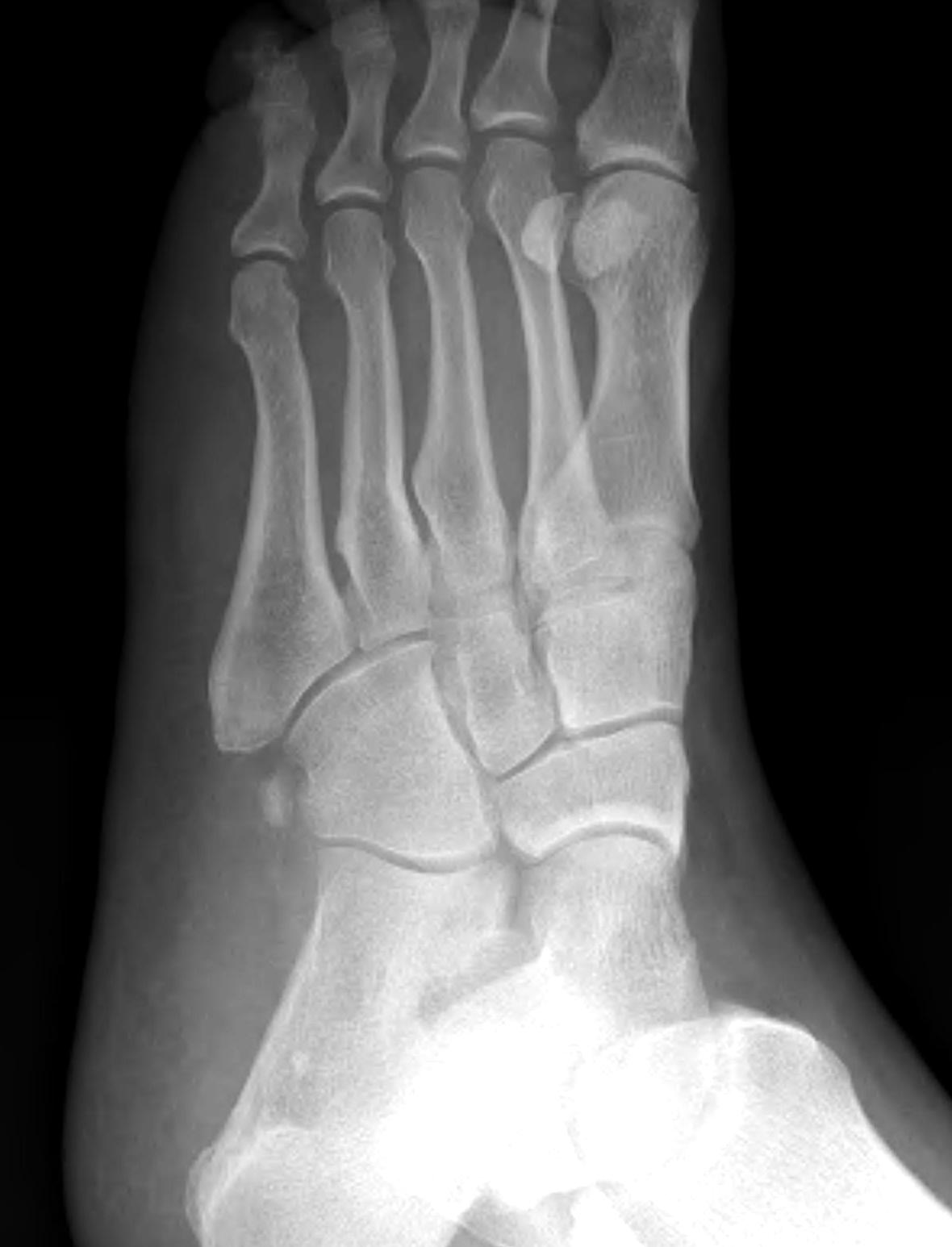
Os peroneum
Location
Sesamoid in peroneus longus
- at level calcaneo-cuboid joint
- articulates with cuboid
Incidence
5 - 30% population
60% bilateral

Location
Sesamoid in peroneus longus
- at level calcaneo-cuboid joint
- articulates with cuboid
Incidence
5 - 30% population
60% bilateral
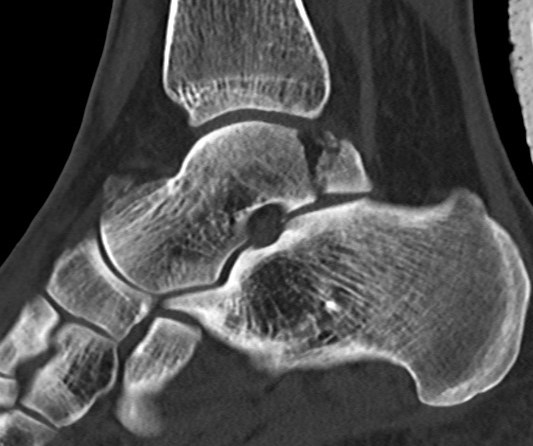
Posterolateral & Posteromedial tubercles
- separated by sulcus for FHL
- lateral larger than medial
PL tubercle
- size variable

< 10% of all talus fractures
Rare and often missed
Spinous process avulsion
- typically C7
- can be seen in thoracic spine
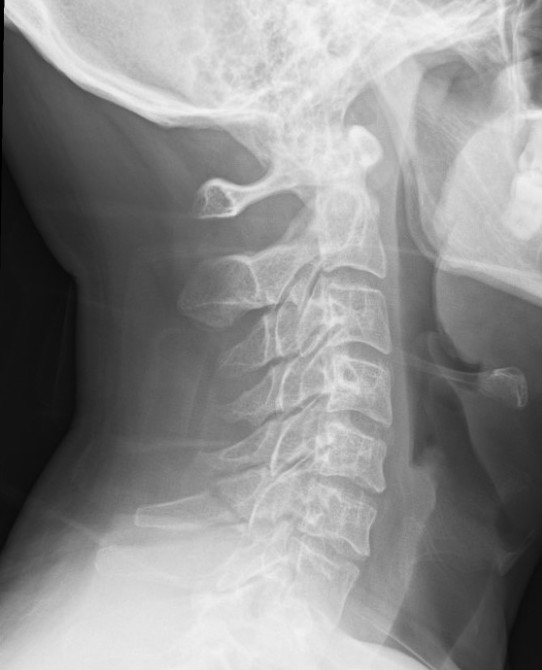
Spinous process avulsion secondary to ligamentum nuchae
Sudden single overload
Subscapularis failure
Rotator cuff failure
Instability
Infection
Periprosthetic fracture
Aseptic loosening
Neurological injury
Parada et al. J Should Elbow Surg 2021
- 2224 aTSA complication rate 11%, revision rate 5.6%

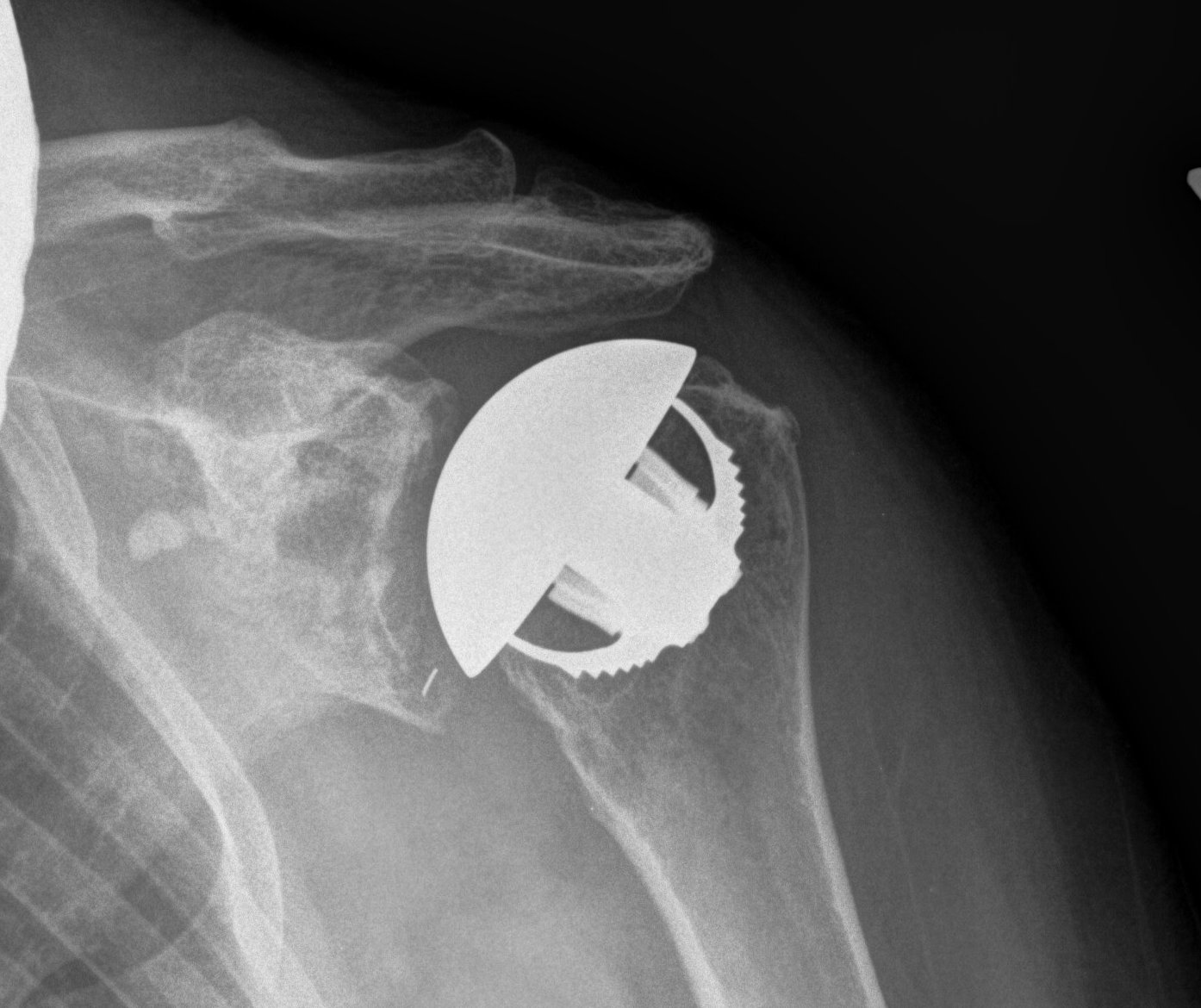
RA
OA
AVN
Metaphyseal
Extra-articular
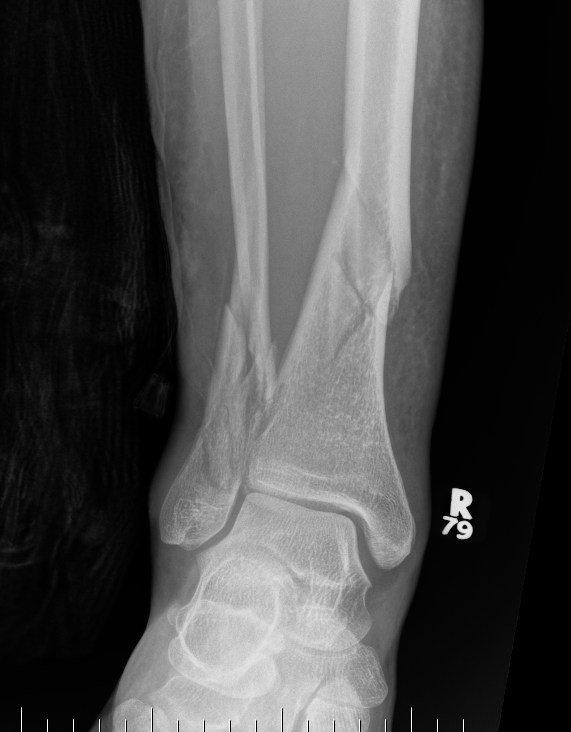
Femur
Multiplanar deformity
- worsend by previous surgery
- may require osteotomy
Acetabulum
Dysplasia often present
- not as severe as in DDH
LLD
Can be significant
Abductors
Have been short for long time
- difficult to restore length
Chronic, non metabolic bone disorder
Characterised by increased bone resorption, bone formation and remodelling
Rare < 40
1 – 3 % population over 60
M > F
Unknown
Paramyxovirus implicated
- measles
- RSV
- canine distemper virus
Electron Microscope
Direct blow
- most common
Indirect
- forced knee flexion with foot fixed / maximally contracted quadriceps
1. Vertical
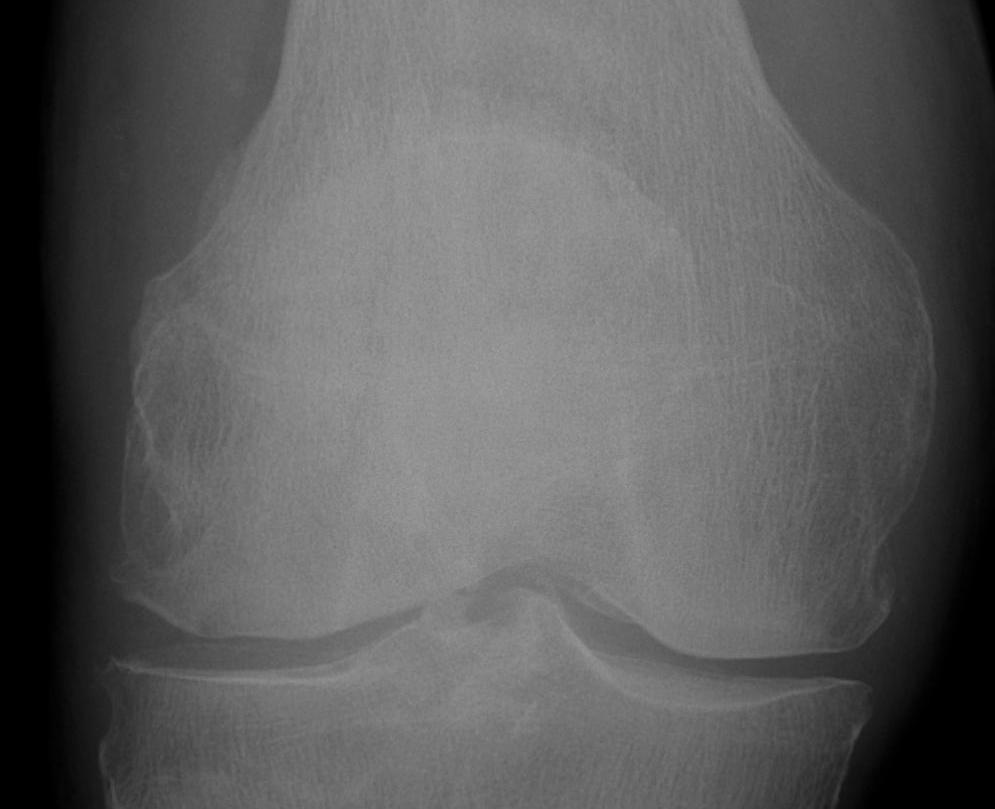
2. Transverse